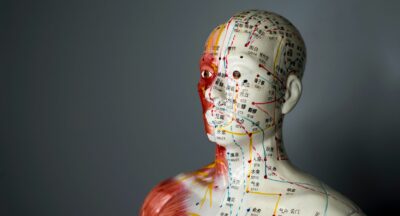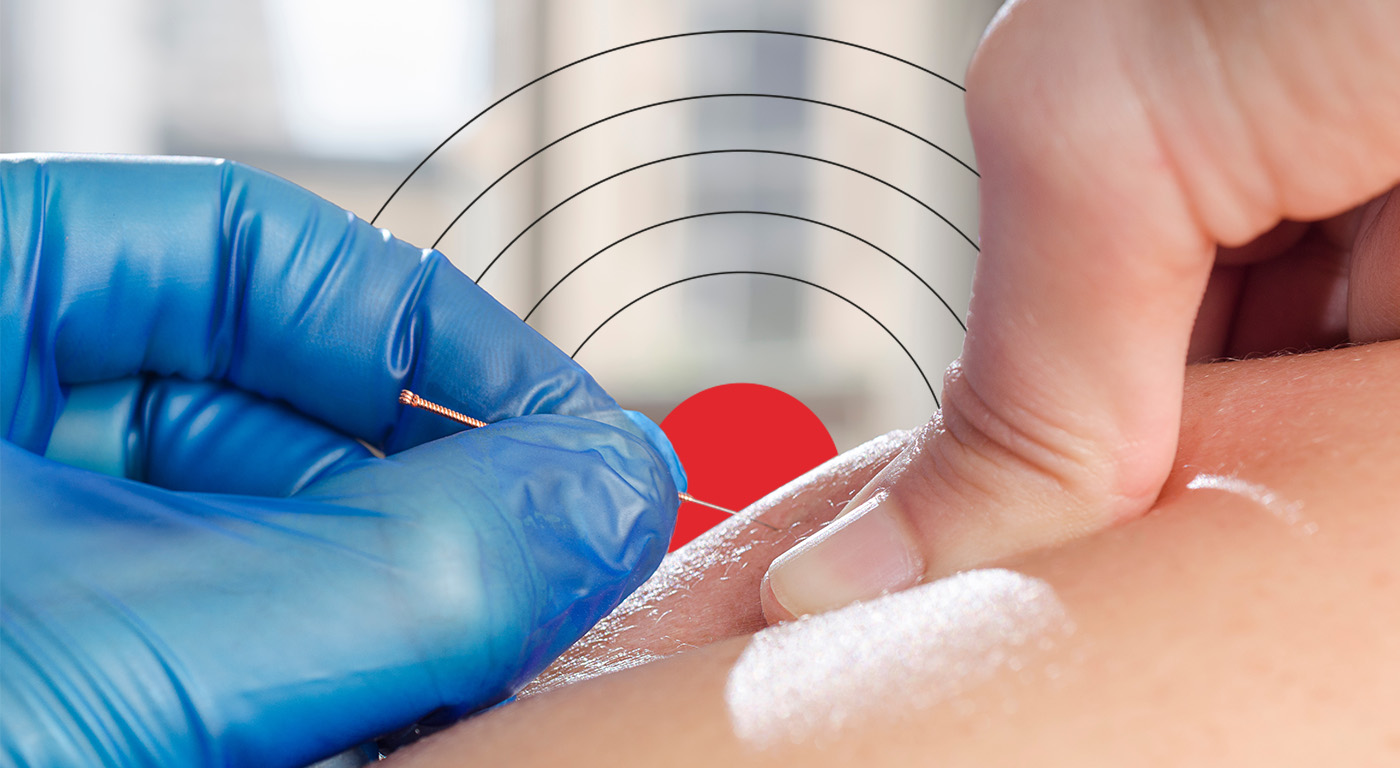Acupuncture and dry needling are two therapeutic modalities that have gained recognition and popularity in the field of alternative and complementary medicine. With deep roots in traditional Chinese medicine and modern physiotherapy, respectively, these practices focus on pain relief and the promotion of physical and emotional well-being. In this article, we will explore the fundamentals of acupuncture and dry needling and the important considerations for those seeking these forms of treatment.
Acupuncture: An Ancient Art of Healing
Originating from traditional Chinese medicine, it involves stimulating acupoints with needles, connecting them to the patient’s painful areas, where mechanical stimuli will generate responses in the target tissues.
The mechanisms of action include the activation of afferent fibers of peripheral nerves that block nociceptive fibers, generation of endogenous opioid peptides, changes in neurotransmitters involved in pain, increased blood flow, and tissue damage accelerating remodeling and healing processes.
Types of Points:
- Meridian Points: Described within the meridians.
Off-Meridian Points: Points not within the meridians but related to them, have a fixed location and function. - Ashi Points: Points with spontaneous pain or upon pressure.

There are 361 acupoints within the described meridians (14 meridians), superficial lines marked that have neuro-myofascial correspondences.
In a typical session, 10-12 needles are inserted. The insertion technique will consist of rotation and insertion until the tissues no longer allow it.
Dry Needling: Targeting Trigger Points with Precision
This is an invasive physiotherapy technique that involves inserting needles into the body without injecting any substance, only using mechanical stimuli. The needles will be inserted at points called myofascial trigger points (MTPs) to primarily treat myofascial pain syndrome (MPS).
Within this treatment, we find two types of techniques:
- Superficial Dry Needling: the needle does not reach the MTP.
- Deep Dry Needling: the needle reaches the MTP.
It is important for this treatment to diagnose the pain-inducing MTP correctly, to then be able to precisely insert the needle into the point or into the overlying tissues, depending on the technique used.
In the Dry Needling article, you can read a bit more about this technique and its benefits.
Both acupuncture and dry needling are widely used in the treatment of a variety of musculoskeletal conditions, such as back, neck, and shoulder pain, sports injuries, fibromyalgia, and chronic pain. Moreover, these therapies have been shown to be safe and effective when performed by trained and experienced professionals.

